Steam Machine: which Steam box should you buy?
All the AMD and Intel Steam Machines announced so far
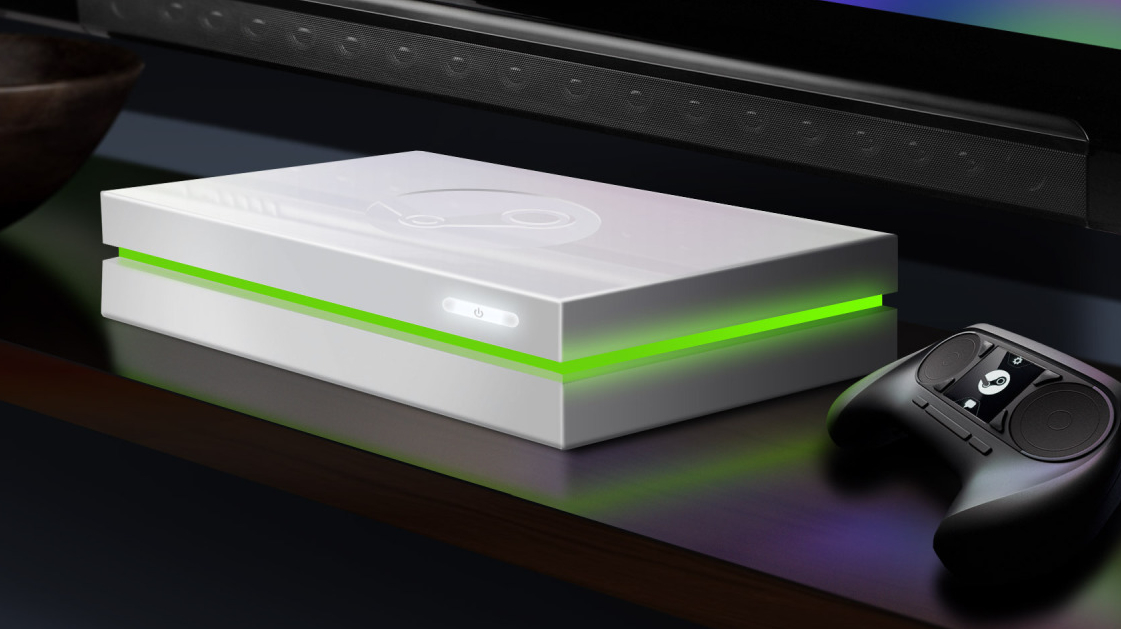
iBuyPower
iBuyPower got in ahead of CES but was still flaunting its wares at the Vegas show. This one comes with a Radeon R7 260X graphics card, a quad-core Athlon X4 740 CPU, 4GB of RAM and a 500GB HDD.
It's that nifty light wrapped around the outside of the box that we're really digging, and you'll be able to alter it using an app for iOS and Android, says iBuyPower.
Its $499 (about £300, AU$560) price tag will certainly go down well with the moderate-core gamers looking to get Steam into their living rooms, and we can expect it to arrive around June this year.
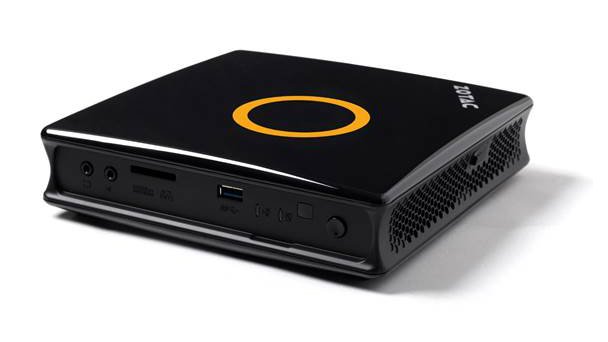
Zotac
Zotac's Steam Machine offering looks like a router in disguise and doesn't have a confirmed name right now. The box has an Nvidia GeForce GTX graphics card of an as-yet-unconfirmed specification, while the Intel Core processor is also still to be locked down.
So, all a little up in the air then. But it's the $599 price that has us intrigued. Could Zotac make this worth paying an extra $100 over an iBuyPower box?
Zotac's Steam Machine will arrive in the second half of 2014, we're told.
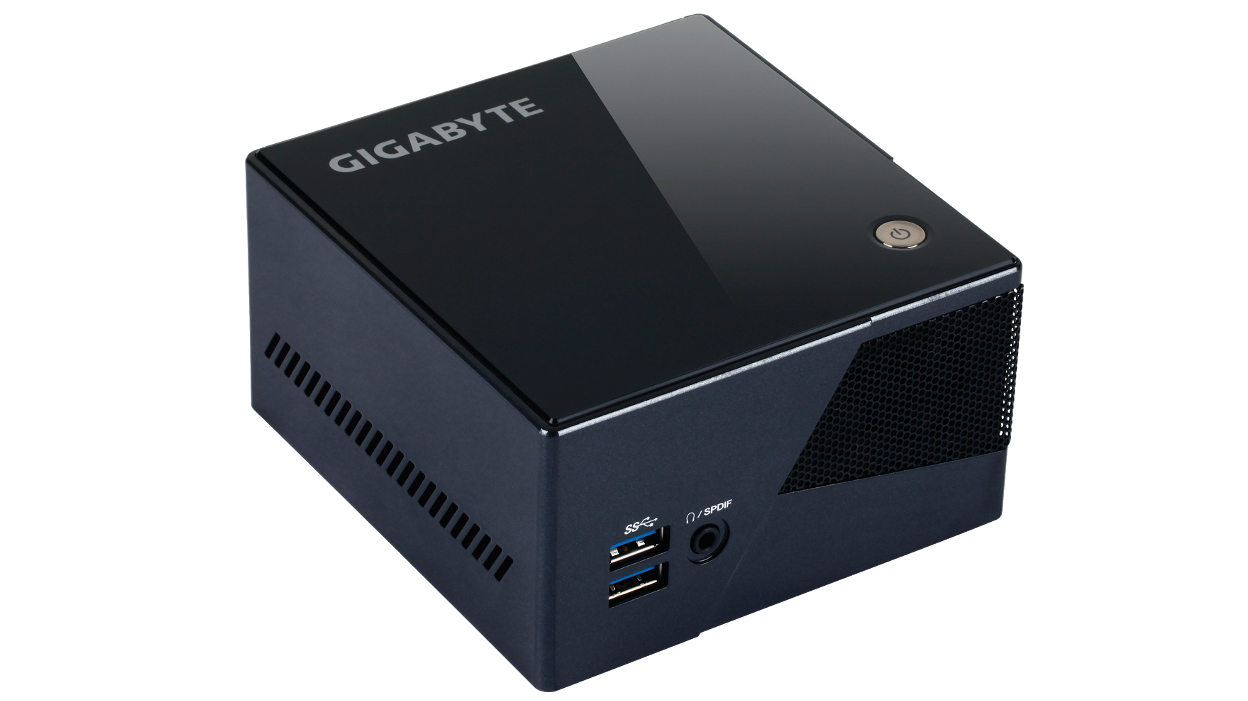
Gigabyte Brix Pro
No, that isn't a resurrected GameCube - Gigabyte's Brix Pro is just keeping things simple. You'll have a choice of either an Intel Core i7-4770R or a Core i5-4570R CPU inside while the Iris Pro graphics 5200 means you'll be getting powerful processor-integrated graphics - but still integrated, which is possibly bad news for some people.
Sign up for breaking news, reviews, opinion, top tech deals, and more.
Still, you'll get 8GB of RAM, a 1TB HDD for storing your games, four USB 3.0 ports and a HDMI port. Nothing on price or release date just yet, but we'd guess this will come in with a reasonable cost.
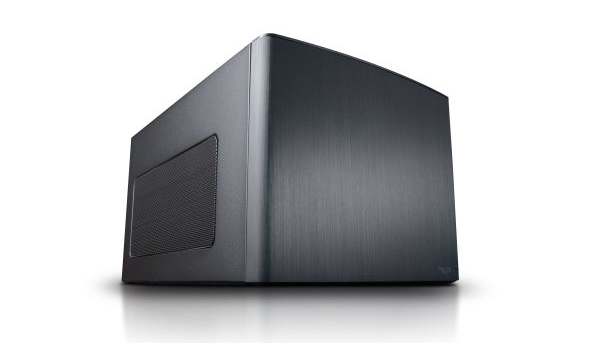
Materiel.Net
Materiel's offering costs a bit more than some of the others, but perhaps it's just affordable enough. At $1,098 (about £670, AU$1230) you'll get an Intel Core i5 4440 CPU, an MSI Geforce GTX 760 OC graphics card, 8GB of RAM and a 1TB SSHD.
Not one for those looking for something stylish, but we wouldn't call it ugly.
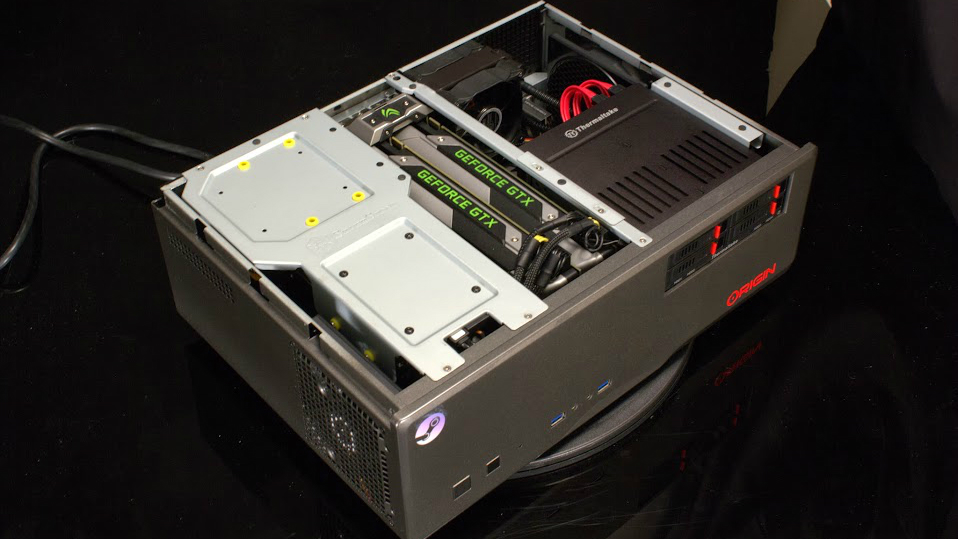
Origin PC Chronos
Origin's Chronos Steam Machine arrives in two options: the Chronos Standard-Edition and the Chronos SLI-Edition.
Both are fully customizable and offer up to 14TB of hard drive space, however the SLI-Edition will support up to dual Nvidia SLI Geforce GTX Titan graphics cards and liquid cooling.
More importantly, they're both dual-OS, letting you have the option of Windows or SteamOS when you boot up.
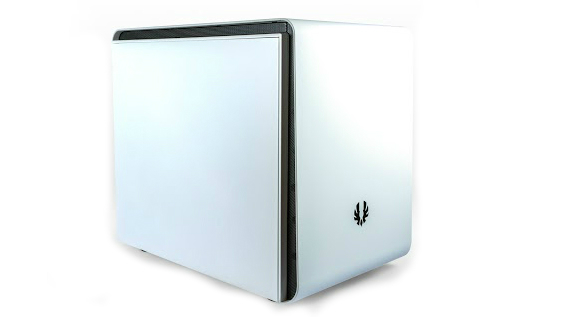
Webhallen
It looks a bit like a mini fridge, but don't let that fool you. With an Nvidia GTX 780 GPU, Intel Core i7-4771 processor, 16GB of RAM and 1TB of SSHD storage, the Webhallen Steam Machine is packing heat.
Yours for a starting price of $1,499 (about £912, AU$1,680). Release date is yet to be confirmed.
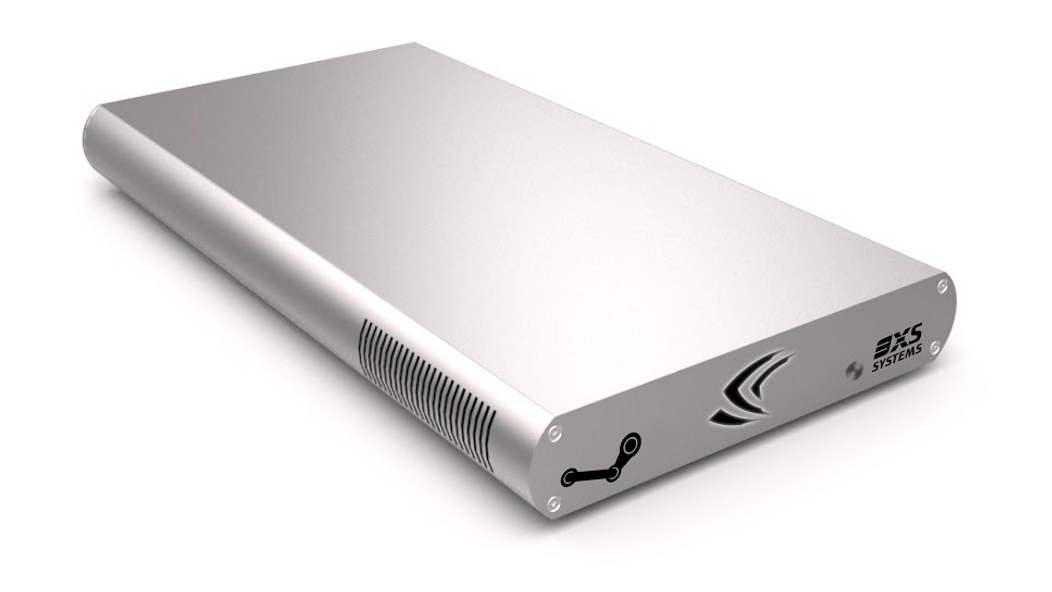
Scan NC10
TheScan NC10 is probably the weirdest-looking of the bunch. The slim silver Steam Machine is shaped like a portable hard drive, but at $1,090/£699 (about AU$1220) it's punching toward the higher end of the price spectrum.
That aluminium shell is housing an Nvidia Geforce GTX 765M graphics card, an Intel Core i3 4000M processor, 8GB of RAM and a 500GB HDD. No word on release date yet.
Next Spa
Another uninspiring design although we're quite fond of that X business going on at the front of the box.
The Next Spa an Intel Core i5 processor, Nvidia GTX 760 GPU, 8GB of RAM and 1TB of storage. No pricing or release date announced just yet, so hold tight.
See all the Steam Machines at CES 2014 in the roundup video below:

Hugh Langley is the ex-News Editor of TechRadar. He had written for many magazines and websites including Business Insider, The Telegraph, IGN, Gizmodo, Entrepreneur Magazine, WIRED (UK), TrustedReviews, Business Insider Australia, Business Insider India, Business Insider Singapore, Wareable, The Ambient and more.
Hugh is now a correspondent at Business Insider covering Google and Alphabet, and has the unfortunate distinction of accidentally linking the TechRadar homepage to a rival publication.